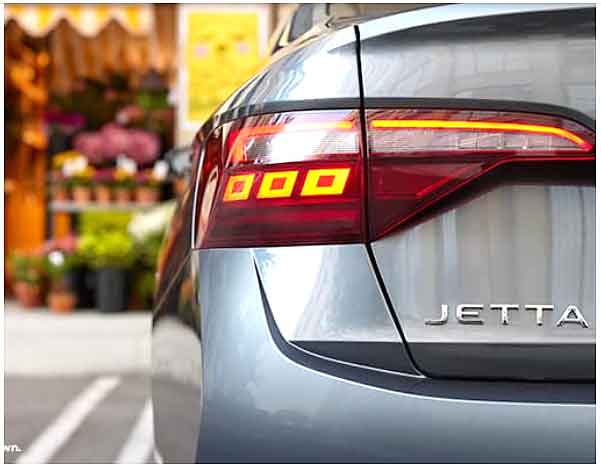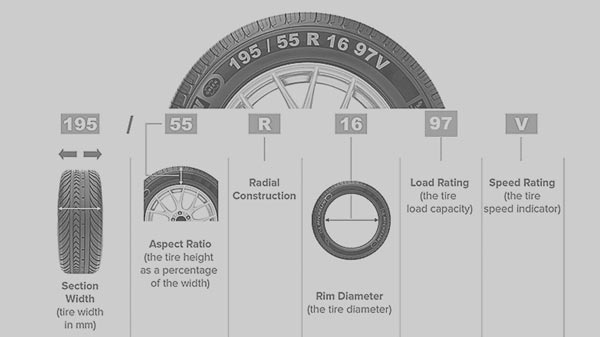Pilot Bearing vs Throwout Bearing: Demystifying Their Roles in Your Vehicle
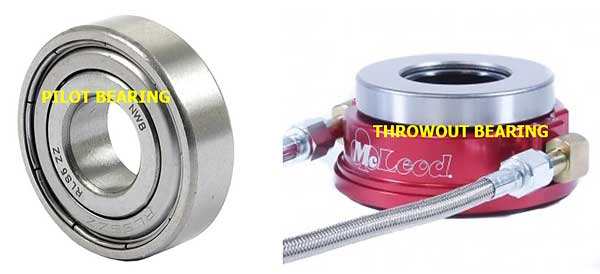
Image: Pilot Bearing and Throwout Bearing
Are you the kind of person who enjoys getting to know every nook and cranny of your beloved car? If you find joy in uncovering the mysteries behind your vehicle’s mechanics, then understanding the transmission system might truly fascinate you. Among the array of vital parts within this system, the pilot bearing and Throwout bearing stand out for their pivotal roles. These two components aren’t just mundane parts; they’re like the unsung heroes ensuring your car’s smooth operation.
Let’s embark on a journey through this detailed handbook, exploring the nuances and disparities between these crucial elements. We’ll unveil their distinct functions, shedding light on how each intricately contributes to your car’s overall performance. By the end of this informative guide, you’ll not only grasp the disparities between these bearings but also appreciate their significance in the symphony of mechanisms that make your vehicle run smoothly. So, buckle up, and let’s delve into the inner workings of these fascinating components that keep your car moving seamlessly down the road!
Understanding the Pilot Bearing
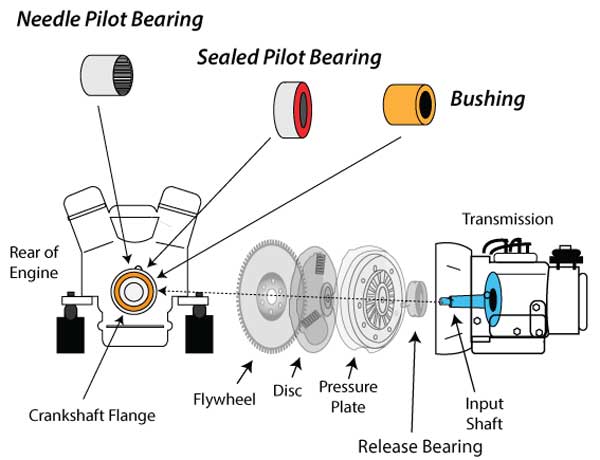
Image: An exploded view illustration of a transmission system, highlighting the pilot bearing’s location between the engine and transmission. [Source: freeasestudyguides]
Imagine the pilot bearing as the unsung hero quietly nestled at the heart of a car’s manual transmission. Just like a backbone providing essential support, this seemingly small bushing plays a pivotal role in ensuring the harmonious connection between the engine and transmission.
Think of it as the reliable conductor orchestrating a seamless performance: it sits snugly within the flywheel, offering steadfast support to the transmission input shaft. Its main duty? To maintain the perfect alignment between the engine and the transmission system.
But its significance doesn’t stop there. This unassuming bearing enables input shaft to twirl effortlessly, akin to a smoothly flowing dance, reducing any potential friction that might arise between the shaft and the flywheel. In essence, it’s the silent guardian that ensures the transmission operates smoothly and efficiently.
Without this humble yet crucial component, the transmission system could suffer from misalignment issues, causing undue stress, noise, and performance problems. So, in the intricate symphony of a manual transmission, the pilot bearing stands tall as an essential player, quietly enabling a harmonious collaboration between engine and transmission.
The Role of Throwout bearing
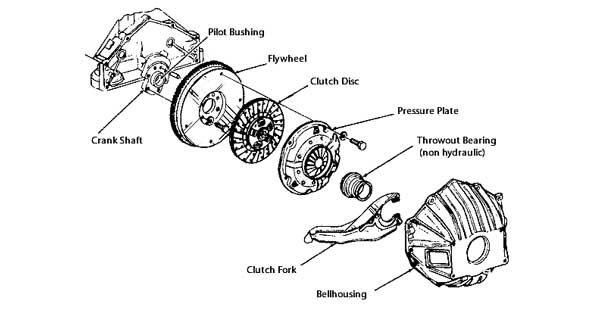
Image: Throwout bearing’s placement in the clutch assembly
Imagine you’re driving a car with a manual transmission. You know that third pedal on the floor, the clutch pedal? Well, that pedal isn’t just there for show. It’s connected to this nifty little component called Throwout bearing, or as some call it, the clutch release bearing. This bearing is a vital player within the clutch system.
So, when you step on that clutch pedal, Throwout bearing gets into action. Its main gig is to help you switch gears smoothly. How? Well, here’s the scoop: as you press the pedal, this bearing applies force to something called the diaphragm spring or pressure plate. This action is like a secret code telling the clutch disc to take a break from the engine’s flywheel, which, in turn, interrupts the power flow between the engine and the transmission.
Think of it as a mediator. When you press the pedal, this bearing steps in to separate the engine from the wheels for that split second, allowing you to smoothly shift gears without causing any grinding or gear clash. It’s a small but crucial part that keeps your gear changes buttery smooth while you’re cruising down the road.
Pilot Bearing vs Throwout Bearing: Key Differences

Table: A comparison chart of the pilot bearing and Throwout bearing.
Imagine the pilot bearing as a steadfast supporter in a dance between the engine and transmission, staying put to aid input shaft. It’s like a reliable friend who always remains by your side, offering steady support without moving an inch.
On the other hand, Throwout bearing is more like the dynamic performer on the stage. It’s mobile, actively engaging and disengaging with the pressure plate, acting as the clutch’s maestro, orchestrating smooth transitions between gears. It’s akin to a dancer gracefully stepping in and out, controlling the rhythm of the show to ensure flawless coordination.
Signs of Pilot Bearing and Throwout Bearing Issues

Table: Common symptoms associated with failing pilot and Throwout bearings.
Imagine the pilot bearing as a dependable anchor, firmly nestled between the engine and transmission. Its role is much like that of a steadfast support pillar, crucial for stabilizing input shaft—a vital component that helps transfer power within the system. Similar to how a reliable friend provides consistent support, the pilot bearing remains steadfast and stationary, ensuring the smooth rotation of the transmission’s input shaft without wavering.
On the other hand, think of Throwout bearing as the adaptable mediator within the clutch assembly. This bearing is akin to a messenger, constantly moving and communicating between the pressure plate and clutch, actively engaging and disengaging to modulate the clutch’s functionality. When you press the clutch pedal, this mobile bearing steps in, creating the necessary separation between the engine and transmission by interacting with the pressure plate, facilitating smooth gear changes as you drive.
In summary, the pilot bearing acts as a sturdy foundation, whereas Throwout bearing functions as a dynamic intermediary, both playing crucial roles in ensuring the seamless operation of a vehicle’s transmission system, much like reliable supporters working together for a smooth and controlled driving experience.
Maintenance and Replacement
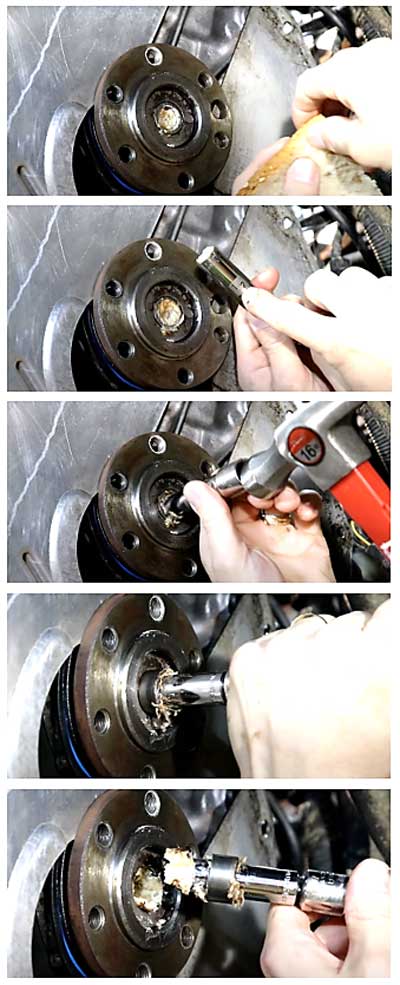
Image: Removing Pilot Bearing
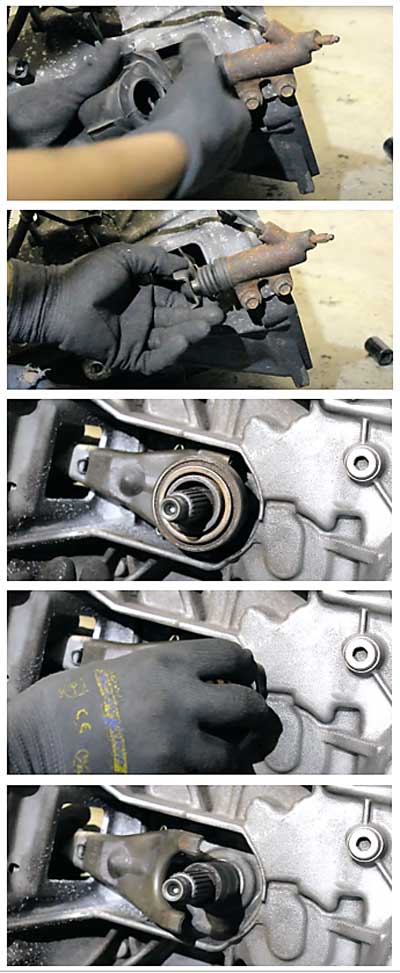
Image: Removing Throwout Bearing
Ensuring your vehicle’s transmission system runs smoothly is crucial for its overall performance and longevity. Just like how we need regular health check-ups to stay fit, your car also requires routine inspections and maintenance to function at its best. Picture your vehicle’s transmission as its ‘heart’—keeping it healthy ensures your car runs smoothly on the road.
Now, when it’s time for a clutch replacement, experts suggest a comprehensive approach. Think of it as a car’s “surgery” where not just the clutch is replaced but also the pilot bearing and Throwout bearing. Why both? Well, just like a doctor addresses interconnected issues during a surgery to prevent future complications, replacing these components simultaneously during a clutch replacement minimizes potential transmission problems down the road. This preventative measure ensures a synchronized, efficient operation of your vehicle’s transmission system.
Remember, caring for your car’s transmission is akin to self-care. Just as we prioritize our well-being, regular check-ups and thoughtful maintenance safeguard your vehicle’s transmission, ensuring a smoother and more reliable ride for years to come.
Conclusion: Join the Conversation!
Appreciating the roles of the pilot bearing and Throwout bearing within your car’s transmission system is akin to understanding the heartbeat of your vehicle. Picture your car as a living entity, with these bearings playing crucial roles akin to vital organs.
The pilot bearing, much like the heart, maintains a steady rhythm. It supports input shaft of the transmission, ensuring smooth rotation, akin to how the heart keeps blood flowing steadily through the body. When this bearing falters, it can disrupt the harmonious operation of your transmission, leading to unpleasant noises or vibrations, akin to irregular heartbeats causing health issues.

On the other hand, Throwout bearings are more akin to the limbs—specifically, the joints that facilitate movement. This bearing engages and disengages the clutch by applying pressure to the clutch fork, allowing smooth gear changes. It’s like the joints allowing your limbs to flex and move freely. When Throwout bearing malfunctions, gear shifting becomes problematic, causing grinding or difficulty in changing gears, similar to joint pains impeding movement.
Just as you’d listen to your body’s signals for any health concerns, being attentive to unusual noises or vibrations in your vehicle can signal potential issues with these bearings. Sharing your experiences and insights about these components can be akin to sharing wellness tips among friends to maintain a healthy lifestyle.
Remember, being proactive in addressing any problems with these bearings not only ensures a smoother driving experience but also helps in preventing larger, costlier issues later on. So, let’s engage in this discussion and support each other in keeping our vehicles running smoothly, just like caring for our own well-being. Share your thoughts and experiences below, and let’s build a knowledgeable, supportive community together!


